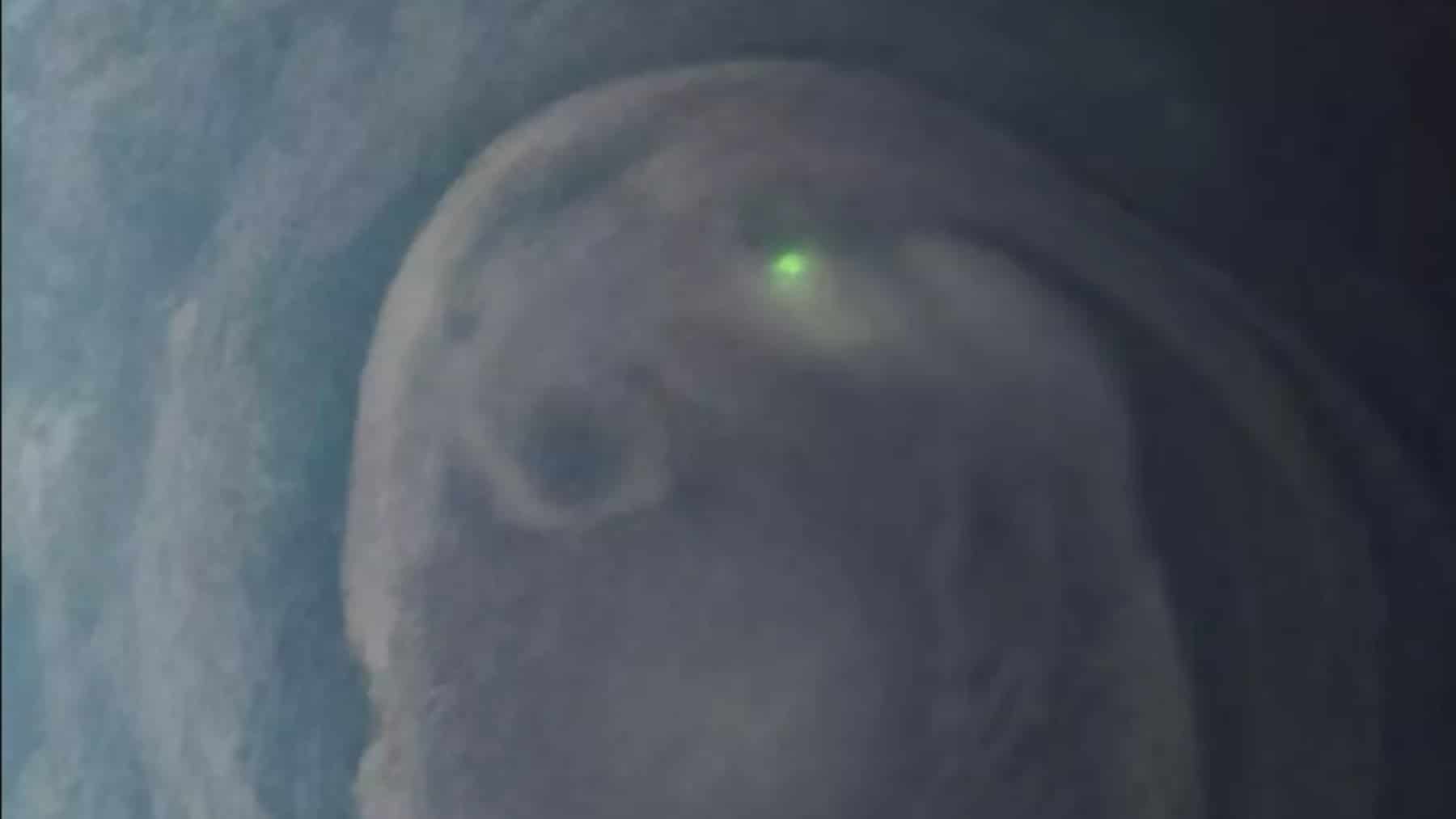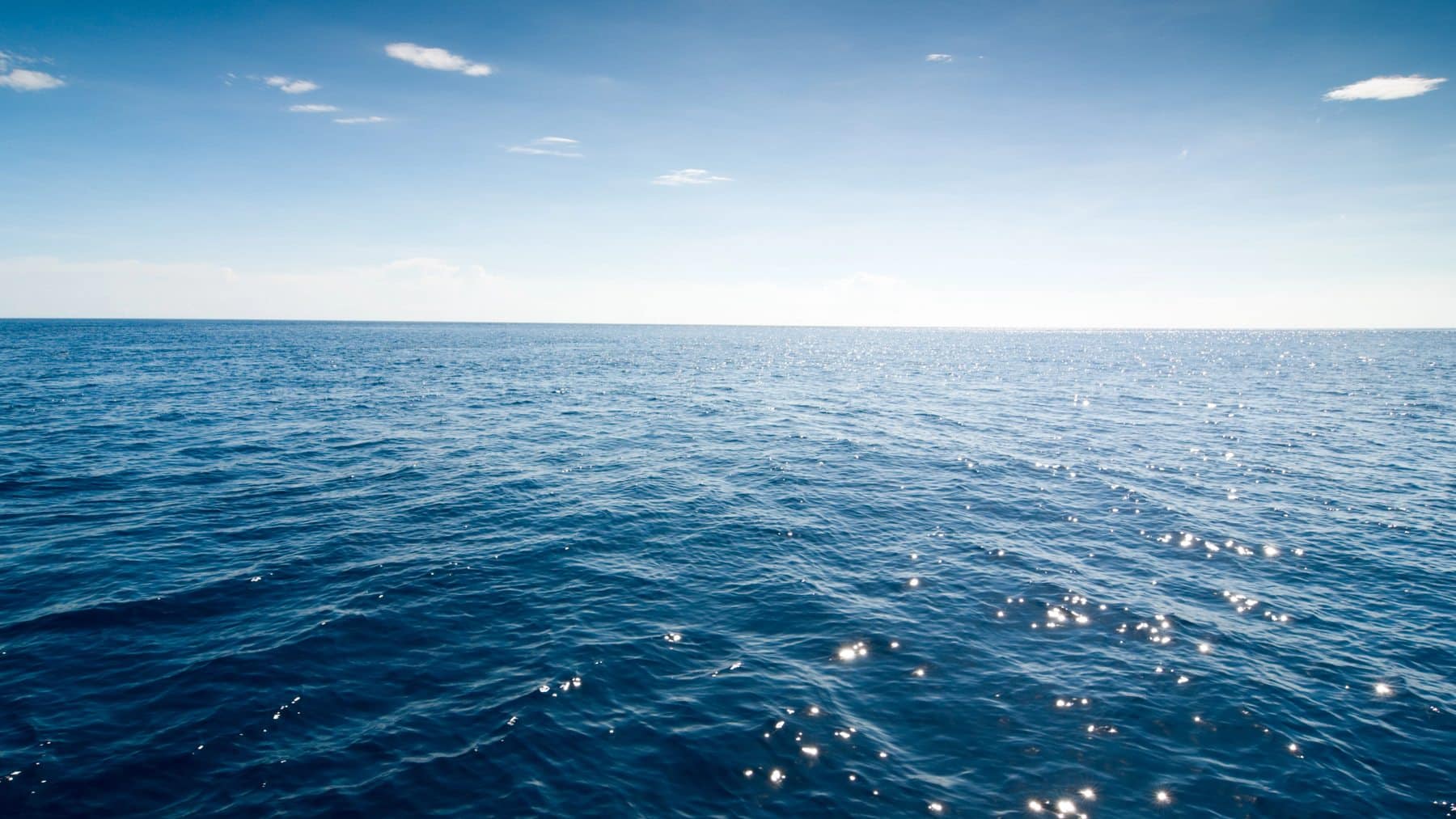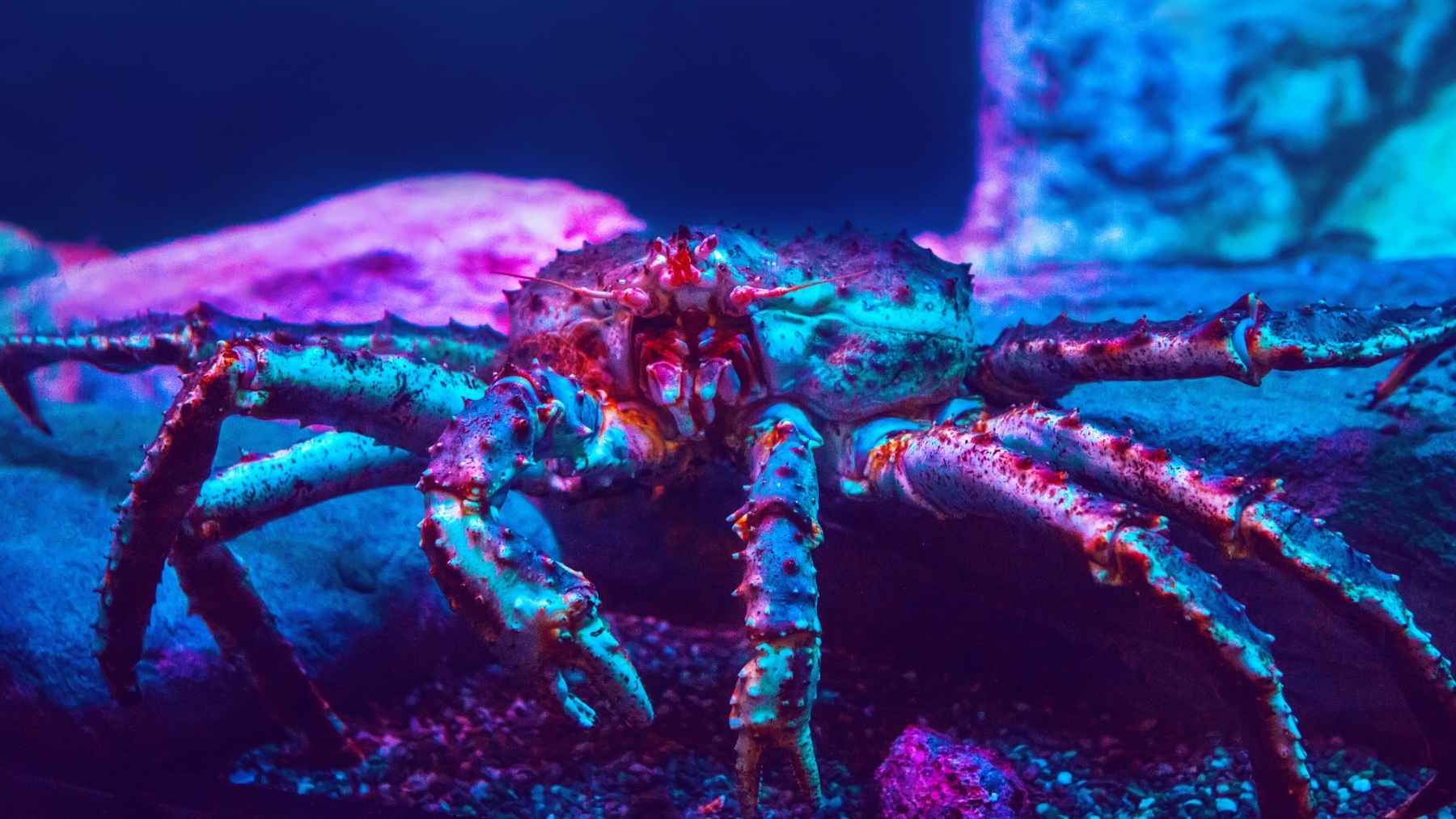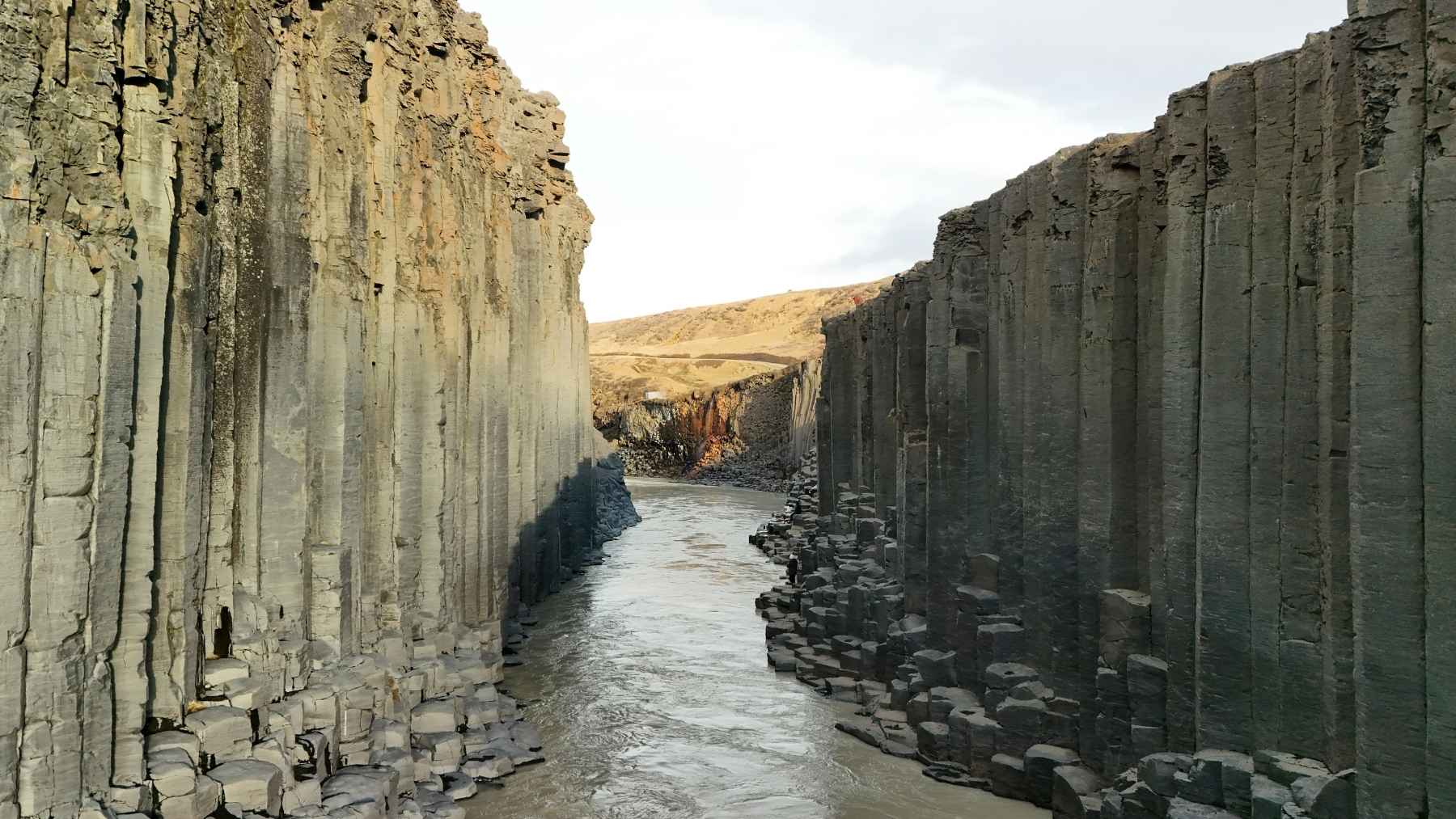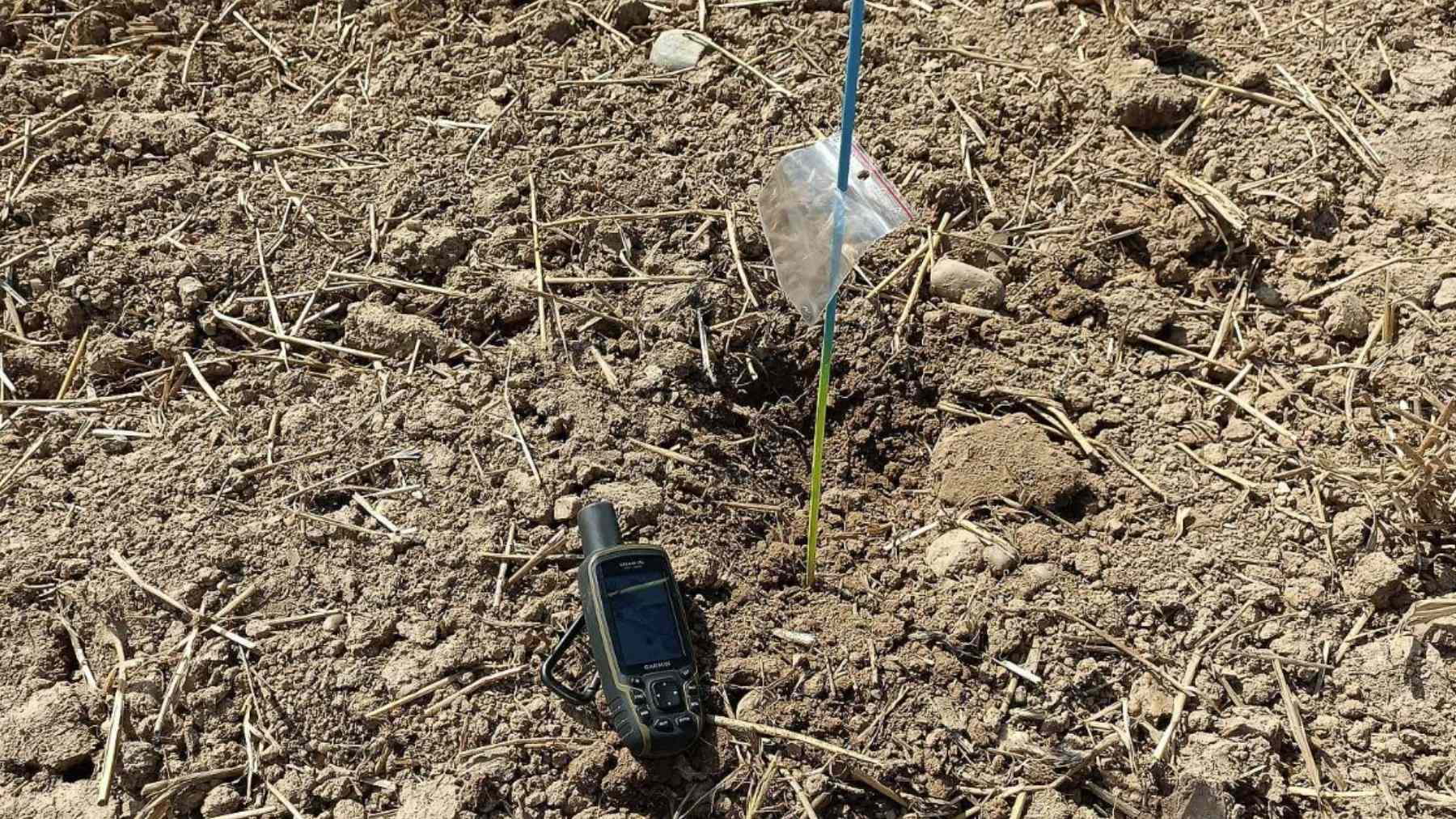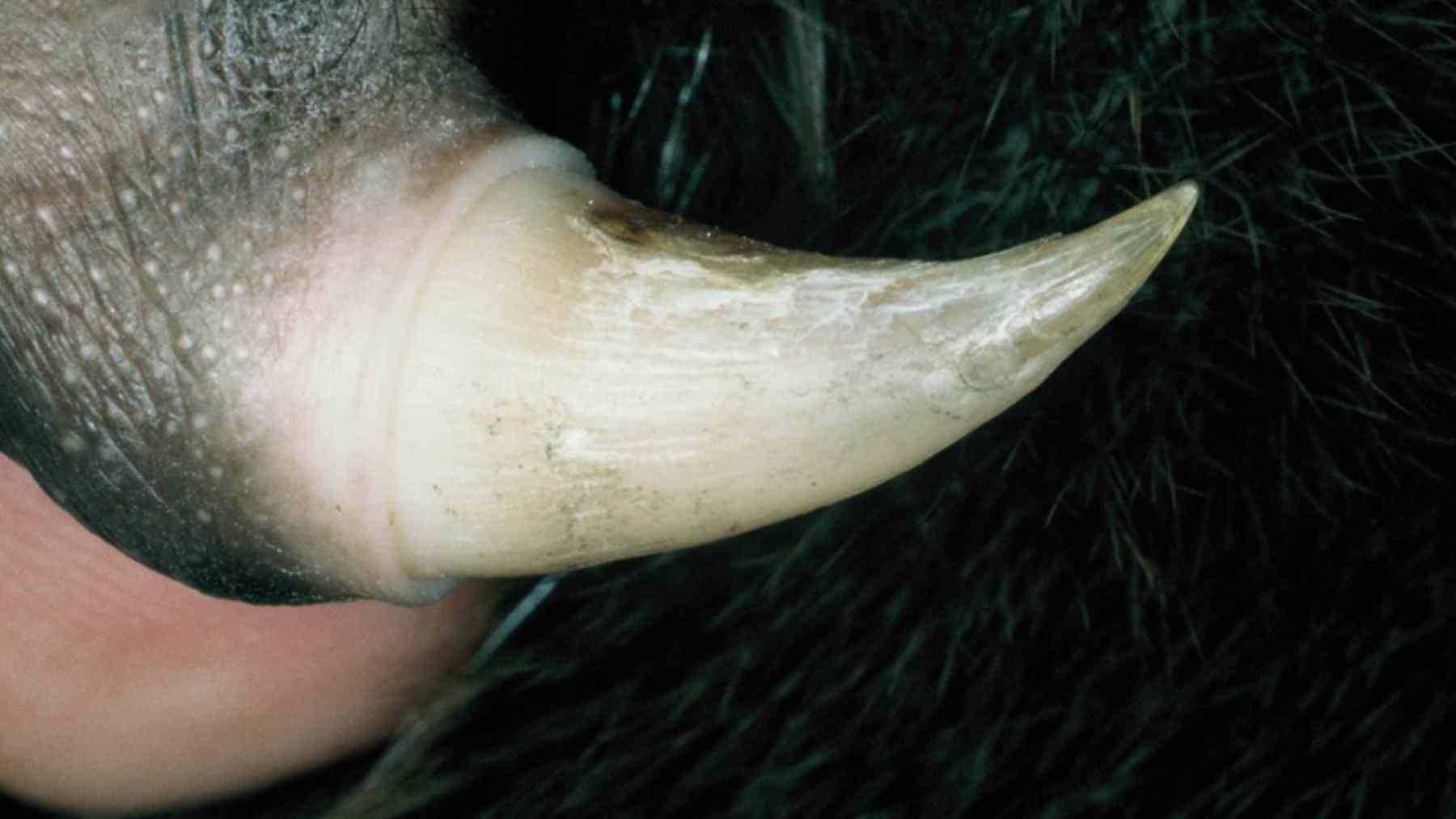There is a lot of talk about discoveries in space, but it seems that we are forgetting to investigate and emphasize what is being revealed here on Earth, even new predators. We are talking, more specifically, about the deepest regions of our oceans, which remain practically unexplored. Well, in this dark abyss, where sunlight never reaches and the crushing pressure defies existence, scientists have discovered a new marine predator. The creature was in one of the most inhospitable and isolated areas on the planet, we are talking about more than 8,000 meters deep.
It looks like we have a predator in the depths of the ocean
The place where this predator was found is known as the hadal zones, the name given to the oceanic regions between 6,000 and 11,000 meters deep; in other words, they are considered the most inhospitable places on Earth. At these depths, we must remember that the temperature is close to freezing, there is no light, and the pressure is hundreds of times that of what we feel at sea level. And even with all this, these areas are not devoid of life.
Quite the contrary, recent research has revealed a surprising diversity of organisms adapted to these extreme conditions. Small crustaceans, worms, chemosynthetic bacteria, and even strange fish make up this dark world. However, until now we had never discovered a large active predator — and well, that has just changed.
That’s because, during the IDOOS 2023 expedition, scientists launched some automated platforms (called landers) equipped with bait and sensors into the depths of the Atacama Trench. And that’s how they found, at a depth of 7,902 meters, an unusual crustacean with predatory behavior, as it not only survives in the darkness, but also hunts.
Meet our new predator: An amphipod similar to a shrimp
Okay, but what predator is this? To find out more, genetic and morphological analyses were necessary. So, experts discovered that the captured creature is an amphipod, a type of crustacean similar to a shrimp. However, it has completely new characteristics. It has already been named Dulcibella camanchaca, and measures about 4 centimeters. The animal is standing out for its agility and prehensile appendages, which are specialized for capturing other species of amphipods.
One interesting fact is that its name is a tribute to the word “darkness” in Andean languages, as it reflects its dark habitat. According to scientists, this animal is the first large active predator discovered in hadal zones. What’s more, it’s not just a new species, but a new genus, as it is a broader level of biological classification. And what does that mean? Well, it represents a completely different lineage until now; it is an unexplored branch of the tree of life (just like these polar dinosaurs discovered in Antarctica).
What does this discovery mean for us?
This discovery just goes to show how much we need to continue exploring our ocean depths, not just out of scientific curiosity, but to ensure environmental protection. As human activities such as underwater mining, industrial fishing, and climate change expand, these fragile ecosystems face ever-increasing threats.
“This discovery highlights the importance of continued exploration of the ocean depths, particularly in Chilean territory”, said Dr. Carolina González of the Instituto Milenio de Oceanografía (IMO)
And with each new species we discover, it only increases our understanding of how life can emerge and adapt to extreme conditions. This new information is very important not only for marine biology, but also for fields such as astrobiology, which always seeks to understand how life could exist on other planets or moons with hostile environments, such as Europa (Jupiter’s moon) or Enceladus (Saturn’s moon). Likely, this new predator will further boost NASA’s search for life in this ocean.




